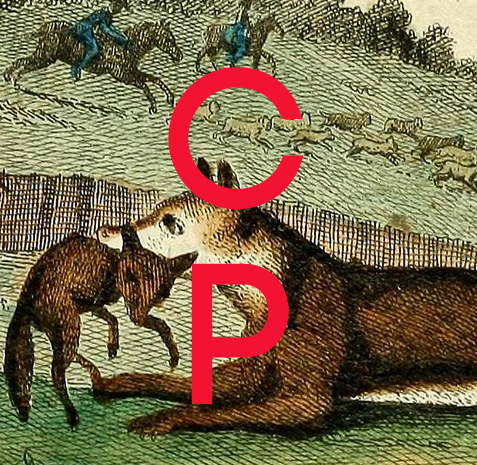INFINITY ARROW — SAM MARTONE
/At the tip of this arrow, another arrow, and at the tip of that arrow, another arrow, and at the tip of that arrow, another arrow, and at the tip of that arrow, another arrow, and at the tip of that arrow, another arrow, and so on and so forth, each point spiraling inward to the unseen center of this weaponized, airborne labyrinth. The Azure Archer always, eventually, runs out of arrows to let fly from his bow, but he takes comfort knowing this arrow never runs out of arrows. When he looses this arrow at supervillains, the first arrowhead pierces their skin, the second pierces their blood cells, the third pierces their molecules, the fourth their atoms, the fifth their thoughts. The sixth pierces their very dreams. It all happens in an instant, and yet it doesn’t end. The infinity arrow keeps going, undaunted by wind resistance or gravity. The two-hundred twelfth arrowhead pierces shadows. The five-hundred seventy-seventh arrowhead pierces earth’s atmosphere, soaring toward all the celestial bodies of the solar system, which it will also, inevitably, pierce. The ten-thousandth arrowhead pierces the fourth wall, and the Azure Archer looks out from his panel at you, reading his comic book, and asks you, What is it about all this violence, all this piercing? It’s really rather cruel and unusual and inhumane when you think about it, isn’t it? Petty theft punishable by even a single arrow is a little extreme, but an infinite arrow? He is beginning to regret this arrow’s design, the part he’s played in all this, but the arrow flies on: piercing voices, cleaving dialogue bubbles in two; piercing membranes between universes, so much thinner than we think; piercing absences, emptiness, all the spaces already created by prior piercings. You close the comic book you were reading on your lunch break and head up to the roof of the office building where you work every day from nine to five. Last night, you made a viewer out of a shoebox. The television said the solar eclipse would last for approximately three minutes. You stand on the roof, chatting with your coworkers, who hold the viewers they have made out of shoeboxes. When the sky goes dark, everyone goes quiet. You lift the viewer up and look through the pinhole to see the sun disappearing behind the moon, and your coworkers lift their viewers up and look through their pinholes to see the sun disappearing behind the moon. At the center of the moon, you see another pinhole, and a pinhole through the sun behind it, the great backdrop of space visible on the other side. You want to ask (but don’t) if your coworkers also see this. If you listen, you swear you can hear a distant whistling, as though something is sailing through the air, straight toward you.
Sam Martone lives and writes in New York City.




